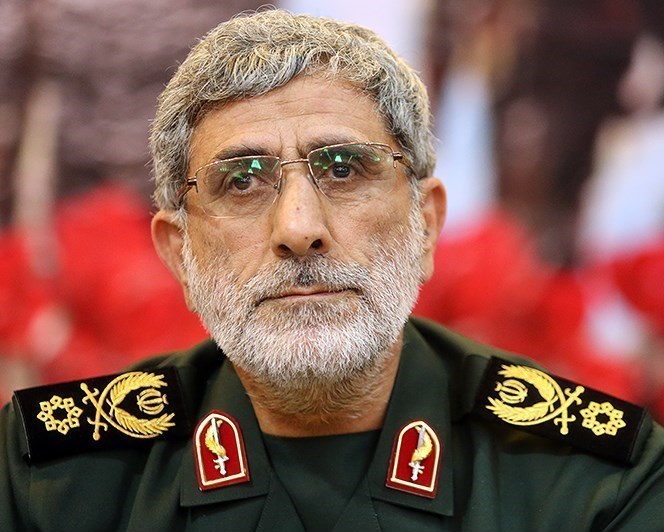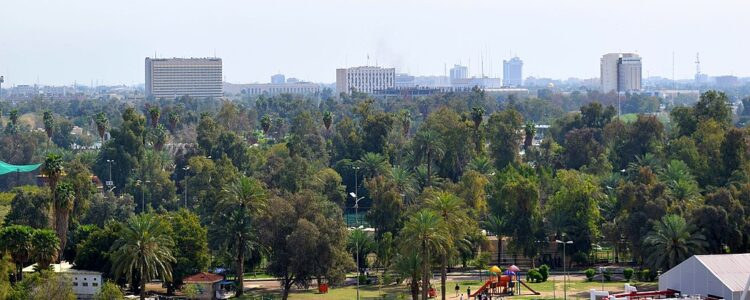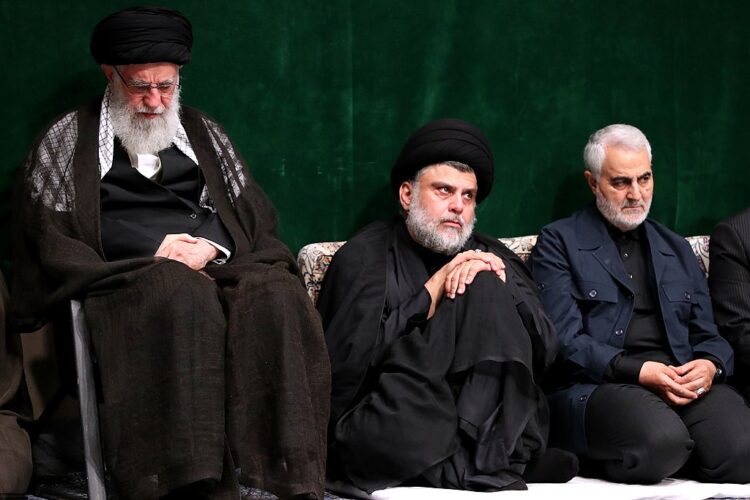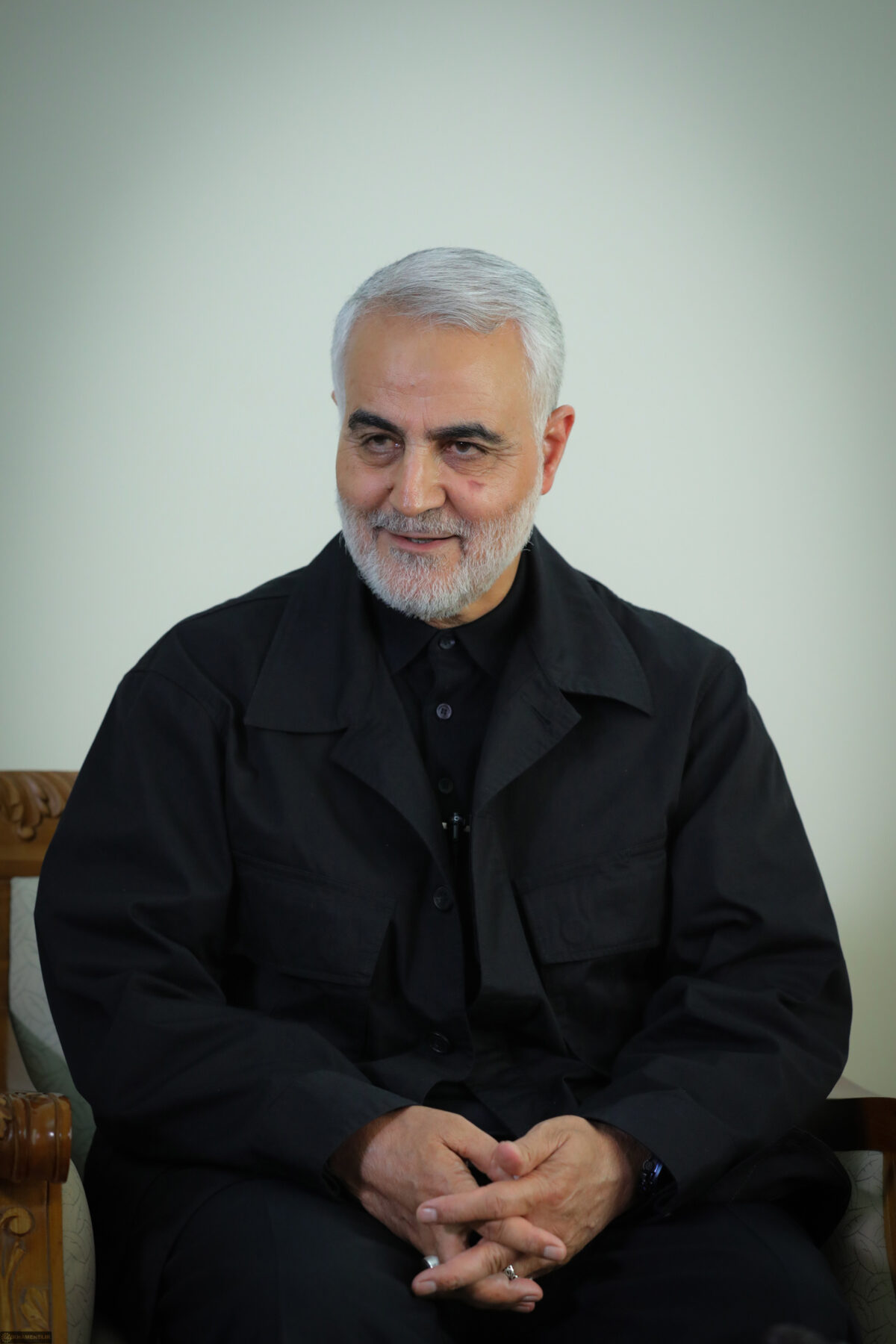To no one’s surprise, Iran has carried out its threat to wreak vengeance on the United States for its central role in the assassination of one of its most revered national figures, Qassem Soleimani, who commanded the Islamic Revolutionary Guards Corps.
Soleimani and his Iraqi associate, Abu Mahdi al-Muhandis, the commander of the pro-Iranian Popular Mobilization Forces, were incinerated by two U.S. drone strikes at Baghdad International Airport on January 3, 2020, throwing Iran into mourning and rage.
According to reports, Israel supplied the United States with the vital information that Soleimani would be in Baghdad on that fateful day.
Within hours of the strikes, Iranian leaders promised reprisals. Shortly after Soleimani’s state funeral, Iranian proxies in Iraq retaliated with a massive bombardment of the al-Assad air base, which is used by the U.S. armed forces.
The rockets caused widespread damage, but not a single soldier was killed. However, more than 30 troops were wounded, sustaining traumatic brain injuries.
Since then, pro-Iranian militias have periodically targeted U.S. bases in Iraq and Syria, as well as the American embassy in Baghdad.
The United States has twice responded with retaliatory airstrikes.
On the second anniversary of Soleimani’s assassination, his successor, General Esmail Ghaani, said that Iran is dedicated to fulfilling one of Soleimani’s most cherished long-range objectives — the removal of U.S. forces from the Middle East.

Out of approximately 400,000 U.S. troops stationed abroad, 45,000 to 60,000 soldiers are found in the Middle East. Two thousand five hundred are in Iraq in an advisory capacity. An additional 900 are based in northeastern and southern Syria, which has been embroiled in a civil war since 2011.
The remainder are in Turkey, Saudi Arabia, Jordan, Qatar, Kuwait, Bahrain and the United Arab Emirates.
Ghaani also vowed that more reprisals are in the pipeline. Speaking at a special event in Tehran commemorating Soleimani’s life, he declared, “We will get revenge that you will not forget.”
Ghaani specifically threatened Donald Trump, the former U.S. president who ordered the attack. “All the criminals who (were) on the scene … are under our magnifying glass,” he warned.
Shortly afterward, Iran released an animated video showing an unmanned aircraft hovering over Trump as he played golf at his residence in Florida. Revenge is Definite was posted on the Twitter account and the official website of Iran’s supreme leader, Ayatollah Ali Khamenei. On January 16, Twitter permanently suspected his account.
On January 13, 10 days after Ghaani’s rant, four rockets slammed into the heavily fortified Green Zone in Baghdad, the site of the U.S. embassy. There were no immediate reports of casualties or damage, but an Iraqi soldier and an Iraq child were slightly injured by the shock waves of the blasts.

Muqtada al-Sadr, an influential Iraqi Shi’a cleric whose political party holds the largest number of seats in Iraq’s parliament, blamed Iranian-backed militias for the attacks.

Five rockets also landed near the al-Assad base, while eight struck a U.S. base in northeastern Syria, causing minor damage
The latest attacks broke a lull of several months.
Last summer, shortly after Ebrahim Raisi was elected as Iran’s new president, pro-Iranian militias launched drones at U.S. bases in eastern Syria and just across the border in Iraq.
Drones have become a major threat to U.S. forces in the region. A Pentagon spokesman recently acknowledged that drones have become “increasingly precise and increasingly lethal.”
This past October, five drones struck the al-Tanf outpost in southern Syria, damaging buildings, but causing no deaths or injuries.
The base, situated on a major road connecting Baghdad to Damascus, could be used by Iran as a land bridge to ferry weapons and munitions from Tehran to Lebanon and Syria.
Iran’s ally and Israel’s arch enemy, Hezbollah, operates out of Lebanon and receives much of its weaponry from Iran. And in Syria, Iran has established bases, which are regularly bombed by the Israeli Air Force.
In all likelihood, Iran will continue to attack U.S. military personnel and interests in the Middle East. Soleimani’s demise is still a source of profound anger in Iranian leadership circles.
